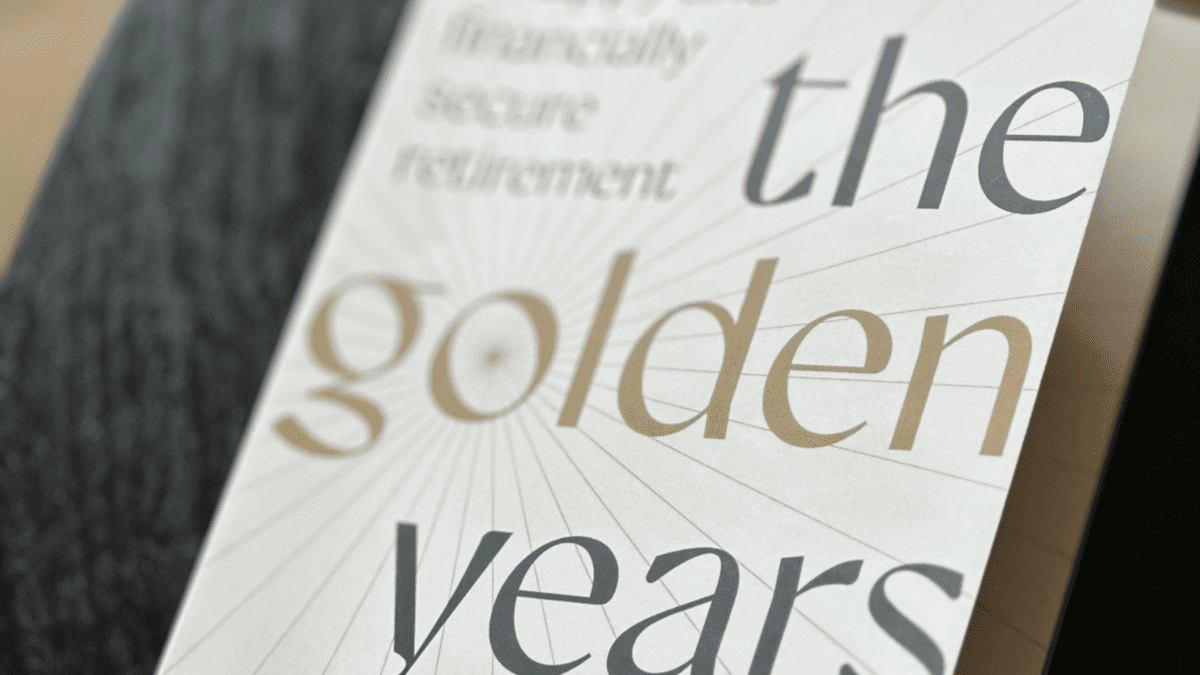Another bumper year for super funds despite the pandemic
Superannuation research house Chant West, part of the Zenith Investment Consulting group, this week published its quarterly performance update on the industry fund sector. Despite the volatility experienced in March, which spanned both bond and equity markets, returns continued to surprise on the upside in March.
Chant West’s research seeks to differentiate between the (at times) less transparent industry fund options, separating each option into broad bands. For the purpose of this article, we focus on the Balanced option, which has between 41% and 60% allocated to “growth assets” such as equities, and the Growth option, which has between 61% and 80% allocated to growth assets. While likely at the lower-risk end of the most popular default options, these tend to more closely represent the asset portfolios of self-directed and ‘advised’ investors.
The rolling twelve-month period to 31 March 2021 offers a helpful starting point for any return assessment, despite not being the exact bottom of the market during the pandemic-effected period. The power of an economic recovery and policy stimulus is on full display in the results, with the popular Balanced option returning 13.8% for the 12 months, and the Growth option 19.3% over the same period. These results were broadly in line with the portfolios reported by independent research house Morningstar Inc. which delivered 15.3% and 21.3% respectively.
Importantly, these figures represent the median result of all those funds assessed, being the statistical middle, rather than an average of all those assessed. In my view, the median offers a more realistic comparison tool as it removes many of the outliers. So what were the drivers of returns over the last 12 months?
Starting from the low-risk end of the market, it certainly wasn’t cash, with the RBA Bank Bill index delivering a return of just 0.07% over the period; the saying “cash is trash” didn’t come out of nowhere. Nor was it from long-duration, high-quality bonds, with the Bloomberg Composite Bond Index actually falling 1.8% over the period.
Equity markets was clearly where the money was made. The S&P/ASX 200 finished 37.5% higher, despite the backdrop of extended economic lockdowns, even this performance was put in the shade by overseas markets. The Nasdaq posted a stunning return of 73% for the period, quickly returning to all-time highs just months after the pandemic hit, on the back of the strength of companies ranging from Netflix, to Amazon and Microsoft, all of whom were beneficiaries of the “stay-at-home” trade.
The more value-focused Dow Jones Industrial Average and S&P 500 both outperformed the Australian gauge, up 53.8% and 56.3% respectively, but it was the smaller companies that stood out most. In Australia, the S&P/ASX Small Ordinaries rallied 51.1%, and the US-centric Russell 2000 a stunning 92.5%, almost doubling in just 12 months.
Despite this incredible tailwind of returns from nearly all asset classes, except traditional long-duration bonds, not every fund was able to deliver the median results outlined above. So, what were the three key decisions or more importantly, non-decisions, that differentiated between the best and worst?
The first clear difference was the decision of whether to sell-down any equity positions during the volatility of March 2020. Looking back with hindsight now is easy: it was clear that markets would recover, yet living in the moment, with markets swinging by 7% in a single session, there were many investors, professional and self-directed who decided to sell. Headlines reiterated massive losses, so-called experts were predicting cataclysmic falls in property and all other asset prices. Human decisions are driven by a number of behavioural biases and loss aversion is among the most powerful.
The second clear difference was the decision to rebalance portfolios amid the volatility. The period of March 2020 saw asset allocations of every portfolio shift heavily towards lower-risk assets like cash, fixed interest, gold and other alternative assets. This was a generational opportunity to shift capital from low-risk to higher-risk assets at deflated prices, and those who did benefited significantly in the aftermath.
The final difference, for the purpose of this article anyway, was those understanding the nuance involved in equity markets and the need for both income and growth from these investments. Income-focused investors were devastated by capital-hoarding boards and dividend cuts, yet those exposed to digitally enabled, high-growth companies saw a swift recovery and still-compounding returns. Structured, disciplined and regular finance advice remains an important driver of making sound and informed decisions amid volatility.








